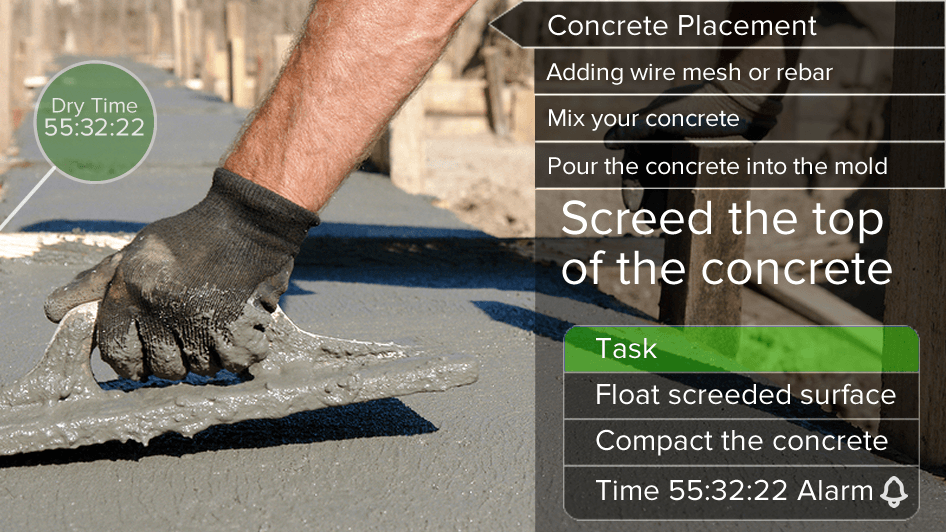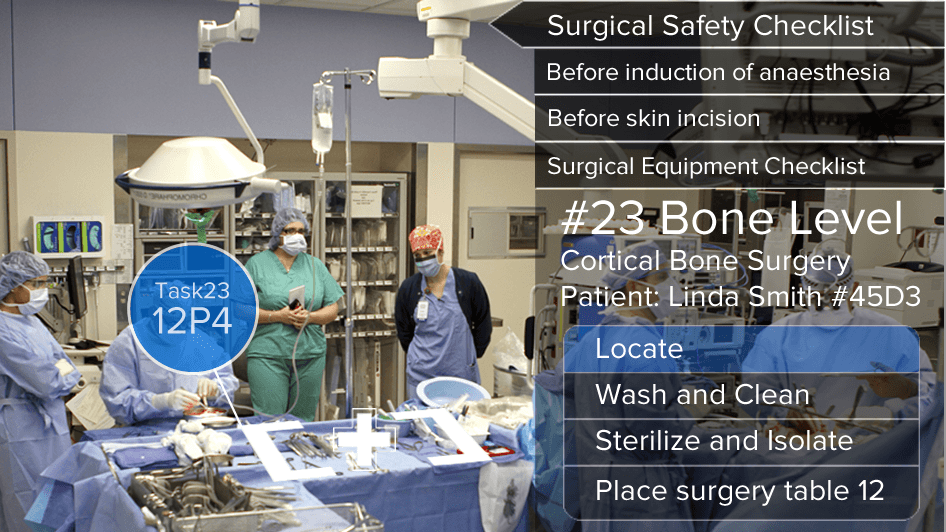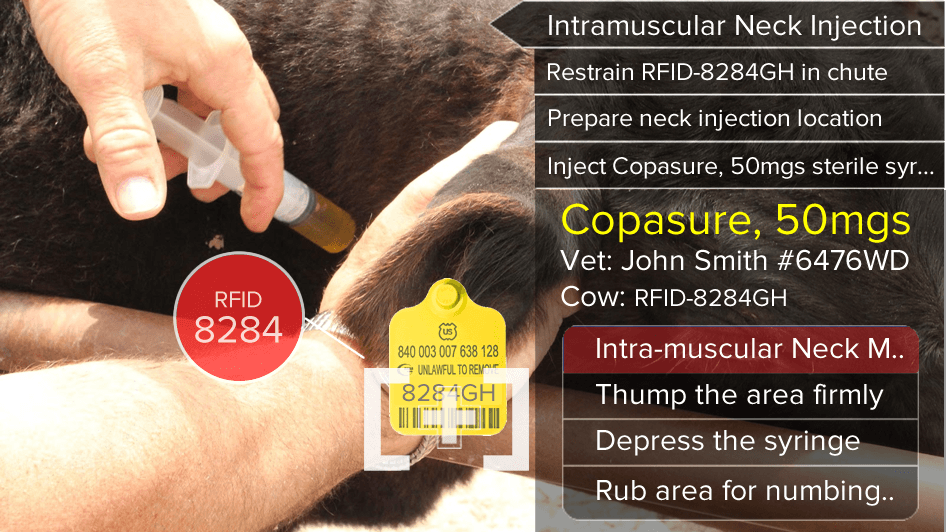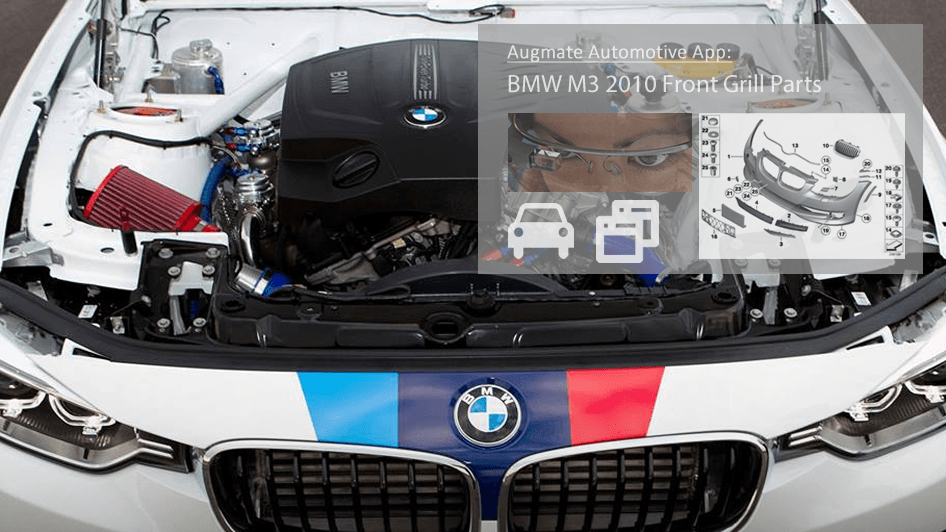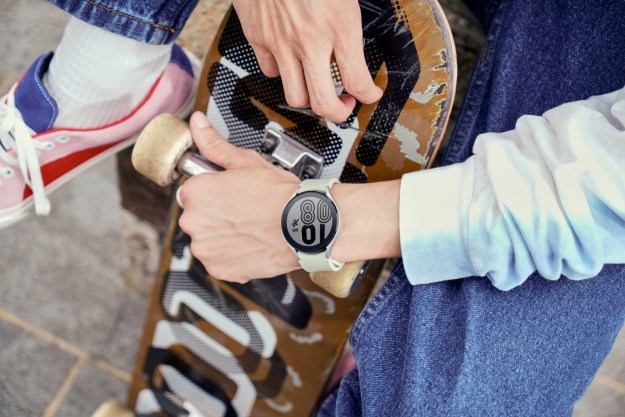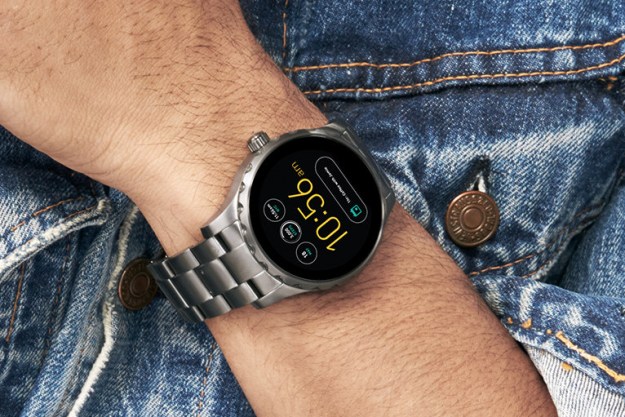“I fell in love with augmented reality, but there were some things I didn’t like about it. I didn’t like that it was on a smartphone. I didn’t like the gimmicky marketing things it was being used for. I thought it could solve real world problems for businesses.”
Pete Wassell is an IT veteran who spent more than a decade working for IBM before leaving to become the co-founder and CEO of Augmate. Created in 2010, the company just raised $2.8 million in seed funding and is committed to bringing smart eyewear to the enterprise.
“Digital information is not where it’s needed or expected. I want to merge the digital world and the physical world. I want to be able to right click on physical objects and get information on them.”
As the founder of a fast-growing AR Glasses group on LinkedIn, designed to bring together experts in the field, Pete is a real evangelist for smart eyewear and he’s convinced about the practical benefits it can deliver for businesses.
Wearables in the workplace
Augmate in Supply Chain from Augmate on Vimeo.
“The spark was bringing database software and smart eyewear together to add value to businesses,” explains Pete, but Augmate has move beyond that to cover the whole supply chain, working with major players in manufacturing, warehousing, distribution, logistics, and retail to create practical solutions “for people who need their hands to do their jobs.”
There are lots of practical examples of the business value:
- An assembly line worker can get data from industrial machinery about uptime, maintenance schedules, and potential errors. Machine sensors can relay temperature or vibration warnings. Workers can access step-by-step instructions for potentially dangerous repair jobs on expensive equipment, signing off on each step as they go.
- A warehouse worker can reference a list of the items they need, see the location highlighted, and scan those items to confirm they’re correct as each one is collected. Errors in the pick and pack process can be very expensive to correct and this technology has the potential to eradicate them.
- A retail worker can access a planogram to see the correct store layout, check on-shelf availability, and provide customers with information on other SKUs, the benefits of specific products, or even review ratings.

“Adoption of smart eyewear gives companies a competitive advantage,” Pete explains, “There’s upward of 30 percent time on task efficiency when information is within your field of view, if you don’t need to reference a paper based manual, laptop, or some other system you’re going to be quicker.”
When we took a look at the future of augmented reality apps a few months ago we saw the potential for mechanics to diagnose and repair cars. We also discussed the potential implications for retail where inventory and planogram management could lead to the establishment of systems that consumers might tap into down the line. Augmate is betting that eyewear is the right platform to deliver that kind of vision.
Building a bridge
The company is currently working with seven different digital eyewear manufacturers. Augmate has employed various devices including Google Glass, Vuzix M100, and Epson Moverio. Pete explains that they are “device agnostic”, though the common platform tends to be Android.
“Hardware solves half a problem, software solves the other half, together we can go to market.”
Leads may come in from the hardware companies, but Augmate is there to consult, offer advice, and create a solution that brings all the elements together, linking the customer’s database, existing systems, and apps to the eyewear.

“We do what’s practical and useful. We do less AR (augmented reality), putting virtual information on a physical world object, because that user experience isn’t the best. We do workflow screens that are anchored to your field of view, so any direction you look, you see that screen, because we’re looking for the shortest amount of time the worker needs to complete a task,” Pete explains, “let’s just get them the information they need in order to do the job.”
The process is top-down and bottom-up. They may figure out the expected return on investment and the right use case with management, but they take direction from the end user to ensure the solution makes their job easier. A theory about the benefit in terms of efficiency is presented and then the pilot study provides practical proof.
“The inherent benefits are there for the enterprise, this is a piece of equipment that saves time and money. A worker puts on boots, a utility belt, a hard hat, eyewear is another tool to help them do their job,” Pete suggests.
What about safety and privacy?
Issues surrounding safety and privacy have been raised for smart eyewear in the consumer space. Detractors are concerned about people wearing always-on cameras and they see potential for distraction that could prove dangerous, but it could also work the other way.
“If you’re climbing a utility pole to work on electrical wires or a transformer, digital eyewear makes a lot of sense,” says Pete, “you could make the argument that potentially we have the ability to alert people and make the environment safer.”
Smart eyewear could highlight potentially hazardous things in your vicinity. It could warn workers about the weight of a package, so they don’t try to pick up something that’s too heavy. It could prompt them to don protective gear in loud environments. Precise instructions could even save lives in industries like energy where dangerous scenarios are not uncommon.

The privacy issue is another matter. It’s easy to see the business value if a worker in a million square foot warehouse can share their field of view with their manager to highlight an issue, instead of making them walk 20 minutes across the floor to get there, but it needs to be handled carefully. Not everyone will find the idea of an employer being able to survey their point of view appealing.
Other barriers to overcome
“Really you just want the technology to disappear and just have the information,” says Pete, but we aren’t there yet.
The technology is improving fast. Aesthetically smart eyewear that looks like a normal pair of glasses is not far away. Advances in camera technology and reductions in power consumption will offer tangible benefits in the near future. The biggest limiting factor right now in the technology is battery life and Augmate is stuck with large, body-worn battery packs, with around eight times the capacity of a typical smartphone battery.
Navigation is another issue. Eyewear can work with voice commands, gestures, even eye-tracking, but there’s no one-size-fits-all solution. A loud environment won’t work with voice controls, gloves may interfere with gestures, different workplaces will present different problems, but there’s always a way to make it work. Other wearables like smartwatches could even provide a control solution in some scenarios.
Right now Pete is more concerned about educating companies on the potential and kick-starting the market. Unlike the mobile revolution, the compelling consumer USPs for wearable technology are not yet clear, but the potential for business is coming into sharp focus.
“A lot of enterprises missed out on mobile, wearable computing is a second chance.”
Pete’s work with Augmate and his AR Glasses group has led to invitations to talk at various conferences. Fortune 500 companies with strategy and innovation teams designed to evaluate emerging technology are knocking on the door, but he’s quick to point out that this is something that small businesses can benefit from too. The biggest challenge for Augmate could be servicing the demand.
“I’d love for five, six, seven companies to come into the space and start doing this, it would make the market and industry move quicker,” says Pete, “We welcome the competition, there’s enough pie for everyone as far the opportunity goes.”
